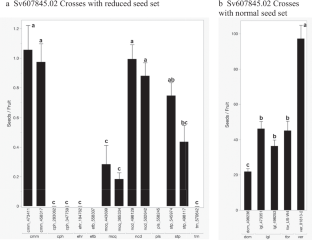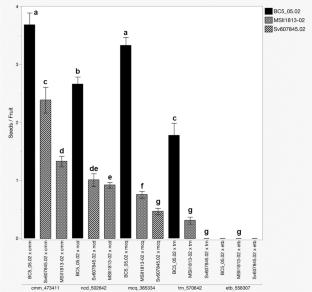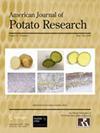In potato, a classification system known as the endosperm balance number (EBN) hypothesis has been employed as a measure of effective ploidy. This classification system assigns an integer value to each species based on their ability to form normal endosperm when crossed to a species with a “known” EBN. This hypothesis then stipulates that only species with the same EBN number are able to form viable seeds. This is a widely accepted classification system in the potato breeding community and has some utility. However, research since its proposal has highlighted instances where this hypothesis is inconsistent or breaks down entirely. Nevertheless, the EBN hypothesis still directs many potato breeders away from utilizing some of the more valuable wild species that are deemed too difficult to access. Utilizing two experiments, we attempted to validate the accuracy of the EBN classification system. We found significant variation for normal seed development in interspecific crosses and between 11 1EBN species and three clones of the 2EBN wild species S. verrucosum that is not explained by the EBN hypothesis. As it stands, the EBN hypothesis does not have the capacity to fully capture and categorize the nuanced and complex postzygotic hybridization barriers that result in endosperm failure in potato. It is our recommendation that in the future the EBN hypothesis can only be used effectively as an indicator of where postzygotic incompatibility may occur, not a guide on which interspecific crosses are possible.




